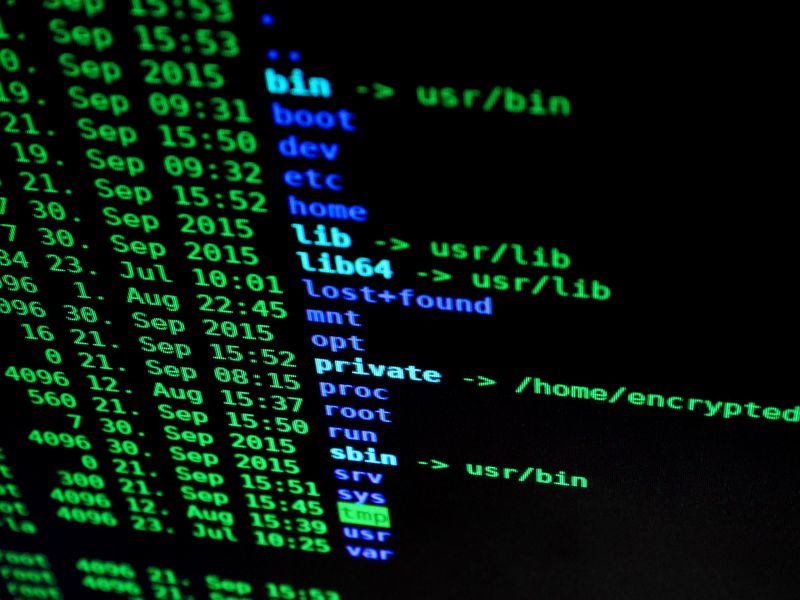ETSI Responds to Claims of Backdoor Vulnerabilities in TETRA Standard
The Statement from ETSI
The European Telecommunications Standards Institute (ETSI) has pushed back against claims of major vulnerabilities in its Terrestrial Trunked Radio (TETRA) standard. ETSI stated that it had already begun enhancing the TETRA standard before researchers disclosed a series of vulnerabilities. In a statement, ETSI also highlighted the ongoing maintenance program that aims to ensure the standards remain sound in an evolving security landscape. New specifications, ETSI TS 100 392-7 and ETSI TS 100 396-6, were developed to secure TETRA networks in the face of technology innovations and potential cybersecurity attacks, including those from quantum computers. These efforts culminated in the release of revised standards in October 2022.
The Research Findings
Researchers from Midnight Blue recently revealed a series of backdoor vulnerabilities in the TETRA standard. These vulnerabilities enable an attacker to intercept and monitor communications by reducing 80-bit keys to more breakable 32 bits. The researchers are scheduled to present their findings in detail at the upcoming Black Hat USA conference.
Backdoor or Not
Wouter Bokslag, founding partner at Midnight Blue, defended the label “backdoor” for the vulnerabilities disclosed. He argued that intentional weakening without public knowledge qualifies as a backdoor, citing Wikipedia’s definition. ETSI, on the other hand, dismissed the claim and asserted that the vulnerabilities do not constitute a backdoor. ETSI‘s position is primarily based on the requirement that a backdoor must be a covert method, whereas the vulnerabilities in question are publicly known.
Analysis of ETSI‘s Response
While ETSI disagrees with the backdoor classification, Bokslag countered that ETSI‘s stance relies on the belief that TEA1, the algorithm in question, is not covertly weakened due to export control regulations. Midnight Blue rejects this position, emphasizing that TEA1 uses 80-bit keys and is not advertised as providing weaker security guarantees. Bokslag also disputes ETSI‘s claim that there have been no concrete cases of exploitation, stating that passive interception and decryption of TEA1 traffic would remain undetectable without visible interference.
ETSI‘s Acknowledgment and Mitigation Efforts
Despite the dispute over terminology, ETSI did acknowledge some weaknesses in the TETRA protocol, particularly in the TEA1 algorithm. However, ETSI praised the researchers for their determination and confirmed that no weaknesses were found in the TEA2 and TEA3 algorithms after extensive analysis. ETSI claims that the revised standards released in October 2022 help mitigate potential identity discovery of mobile radio terminals using TEA versions 5, 6, and 7.
ETSI‘s Commitment to Network Safety
Both ETSI and the TETRA and Critical Communications Association (TCCA) stated that there is currently no awareness of any operational network exploitations. They emphasized their ongoing investment in the development of the TETRA standard to ensure its safety and resilience for public safety, critical infrastructure, and enterprise organizations that rely on it.
Editorial Analysis and Advice
Considering Terminology
The debate over whether the vulnerabilities in the TETRA standard can be classified as a “backdoor” reflects a broader issue concerning the definition and interpretation of cybersecurity terminology. While differentiating between covert and publicly known weaknesses may be relevant, the fundamental concern should be the potential security implications of these vulnerabilities. The focus should not solely revolve around whether the vulnerabilities meet a specific label, but rather address the overall risk and impact on network security.
The Role of ETSI and Security Standards
ETSI‘s commitment to enhancing the TETRA standard and working on new algorithms to secure networks is commendable. The effort to adapt the standard to emerging technologies and potential cyber threats, including the impending impact of quantum computers, reflects a proactive approach to stay ahead of evolving security challenges. It is crucial for ETSI, along with other standardization bodies, to maintain an ongoing maintenance program and collaborate closely with researchers to ensure the standards remain robust in the face of emerging threats.
Importance of Transparency and Communication
Addressing vulnerabilities and weaknesses in security standards requires transparency and open communication between standardization bodies, researchers, and the public. It is essential for ETSI and similar organizations to take research findings seriously and engage in constructive dialogue with the research community. The timely release of revised standards demonstrates a dedication to addressing identified issues promptly. Continued collaboration and knowledge sharing can contribute to a stronger and more secure TETRA standard.
Enhancing Detection Measures
The assertion that there have been no concrete cases of exploitation on operational networks highlights the need for improved detection measures. ETSI and TCCA should work alongside network operators and security professionals to develop effective monitoring and anomaly detection techniques that can identify potential security breaches. Enhancing defense mechanisms and proactively addressing vulnerabilities will bolster confidence in the TETRA standard and ultimately protect critical infrastructure and public safety.
Conclusion
The ongoing debate over the vulnerabilities in the TETRA standard underscores the importance of robust security standards and collaboration within the cybersecurity community. Efforts by ETSI to enhance the TETRA standard and address identified weaknesses are commendable. However, the focus should be placed on the potential security implications rather than a specific label. Through transparency, ongoing maintenance, and collaboration, ETSI can maintain a secure and resilient TETRA standard that safeguards public safety, critical infrastructure, and enterprise organizations.

<< photo by FLY:D >>
The image is for illustrative purposes only and does not depict the actual situation.
You might want to read !
- NATO Launches Probe into Suspected Breach of Unclassified Information Sharing Platform
- NATO Launches Probe into Alleged Breach of Information Sharing Platform
- Does the SEC’s breach disclosure rule unintentionally alert hackers to vulnerabilities in systems?
“Is the SEC’s breach disclosure rule a boon for hackers?”
- The Vulnerability Battlefield: Uncovering Zero-Day Weaknesses in Global Emergency Communications
- Gigabyte’s BIOS Update Seeks to Eliminate Backdoor Vulnerabilities




